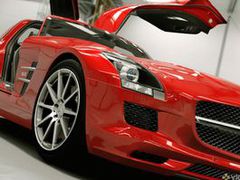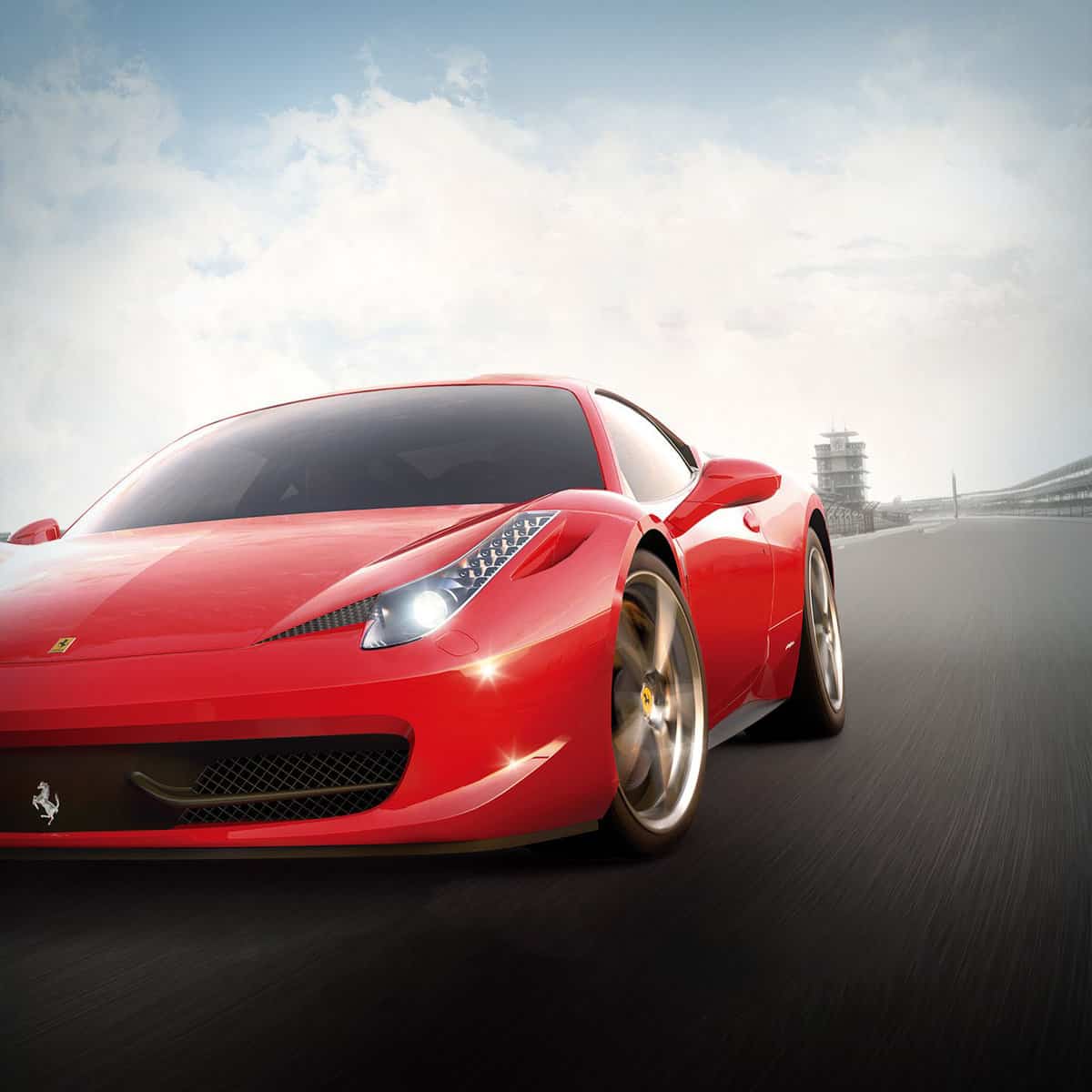You can trust VideoGamer. Our team of gaming experts spend hours testing and reviewing the latest games, to ensure you're reading the most comprehensive guide possible. Rest assured, all imagery and advice is unique and original. Check out how we test and review games here
Forza 4’s Autovista mode is the evolution of the interactive car demo shown originally for Kinect at E3 2010. In 2011, however, it now fully supports the controller alongside motion control and features detailed narration by Top Gear’s Jeremy Clarkson.
But Autovista won’t be available on every single car in the game, with developer Turn 10 Studios instead opting to focus on cars they see as particularly noteworthy.
“This kind of experience with every car in the game honestly isn’t that compelling,” said Turn 10 Studios’ content director Mark Wendl to journalists at a behind closed doors E3 event. “With an ’85 Civic, doing this just isn’t that interesting. We’ve picked the [cars] that are the most unique. None of these cars are the same, each one has a very cool thing. Whether it’s how the door opens, the engine configuration, their seating, their race heritage, whatever. It’s a very significant car and it’s very interesting to explore.”
Wendl also explained the mentality behind the mode, which allows players to spend ages fiddling around with the various bits and bobs of some of the world’s most luxiourious automobiles. “We kind of treat each of these as the level of a first person shooter. They provide horus of exploration to get in there and just learn, and just kind of eke out all the little details and hear the facts.”
How many cars will be available in the Autovista mode, then? “We’re not talking about that just yet. We’re going to be announcing each of those as they become available.”
Wendl did spill the beans on the McLaren F1 and Ferrari California, adding that Clarkson wasn’t much of a fan of the latter. “Really it’s the cars that you care about,” he said. “It’s the ones that would be the most interesting to do this with.”
How does it all work, then? “Obviously we’re building this car to an incredible level of detail,” said Wendl while pointing out the McLaren F1 used in the demonstration, “but also we had to recreate our rendering engine from the ground up to really seed this kind of environment – let this detail come to life. We’re using a technique called image-based lighting, it’s come straight out of Hollywood film development, and what that means is that we take the world itself and project it back onto the car. It gives you a great tonal range on the surfaces and car images, it makes the car look seeded and grounded in the environment. It brings that high level of detail out.







